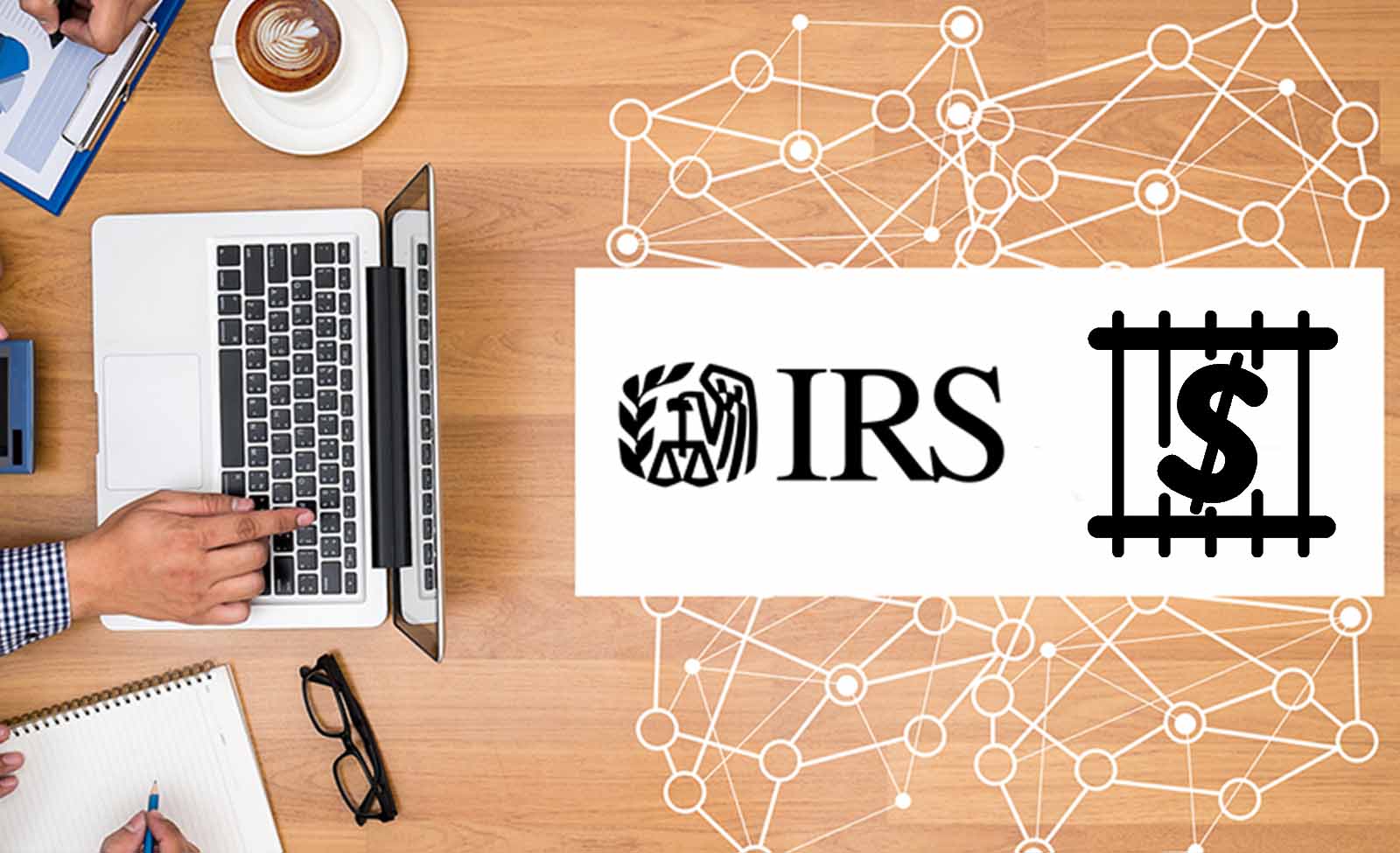

Finance
Social Welfare System Definition
Published: January 30, 2024
Discover the meaning and workings of the social welfare system in the realm of finance, including its significant impact on individuals and communities.
(Many of the links in this article redirect to a specific reviewed product. Your purchase of these products through affiliate links helps to generate commission for LiveWell, at no extra cost. Learn more)
Understanding the Social Welfare System: A Comprehensive Guide to Financial Assistance
Welcome to our Finance blog category, where we dive deep into various financial topics to help you make informed decisions about your money. In this article, we will explore and demystify the Social Welfare System, providing you with a clear understanding of what it is, how it works, and the benefits it offers. Whether you’re navigating through financial hardships, looking to learn more about assistance programs, or simply curious about social safety nets, this guide has got you covered.
Key Takeaways:
- The Social Welfare System provides financial assistance and support to individuals and families who are in need.
- It aims to ensure the well-being and stability of various vulnerable groups, including low-income individuals, the disabled, and the elderly.
At its core, the Social Welfare System is designed to offer a safety net and mitigate financial hardships for those who are facing difficult circumstances. It is a system built on the principles of social justice, aiming to reduce inequality and alleviate poverty. Let’s delve into the intricacies of this system and explore how it functions:
1. Programs and Services Offered
The Social Welfare System encompasses an array of programs and services tailored to meet the specific needs of different groups of individuals. These programs can include:
- Income Support: Financial assistance provided to low-income individuals and families to meet their basic needs, such as food, housing, and utilities.
- Healthcare Assistance: Access to affordable or free healthcare services, including medical insurance or Medicaid for low-income individuals and families.
- Unemployment Benefits: Financial support for individuals who have lost their jobs and are actively seeking employment.
- Disability Benefits: Assistance for individuals with disabilities to help cover living expenses, healthcare, and rehabilitation services.
- Old Age Pension: Financial support for senior citizens to ensure a decent standard of living in their retirement years.
2. Eligibility and Application Process
Eligibility criteria for Social Welfare programs may vary depending on the specific program and the region or country. Generally, eligibility is determined based on factors such as income level, family size, age, and disability. To apply for assistance, individuals usually need to submit an application through their local government or designated agencies.
The application process may involve providing proof of income, verifying personal information, and submitting any relevant supporting documents. It’s crucial to gather all necessary documentation and ensure accurate information to avoid delays or complications in the application process.
Conclusion
The Social Welfare System plays a vital role in providing a financial safety net for those in need. Whether you are experiencing financial difficulties or want to have a better understanding of the available support systems, the Social Welfare System is there to help. It aims to ensure the well-being and stability of vulnerable groups by providing essential services and assistance. By understanding the programs, services, and application processes, individuals can navigate through challenging times and access the help they deserve.
Remember, if you find yourself in need of financial assistance, exploring the Social Welfare System’s offerings can be a helpful first step towards getting back on track. Stay informed, and remember, help is available!














